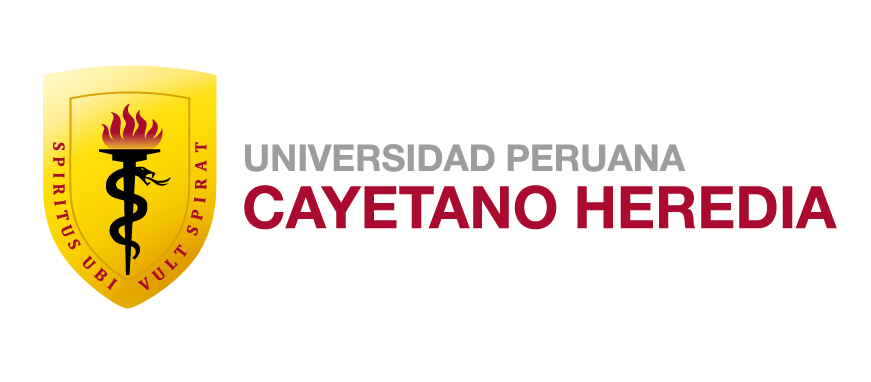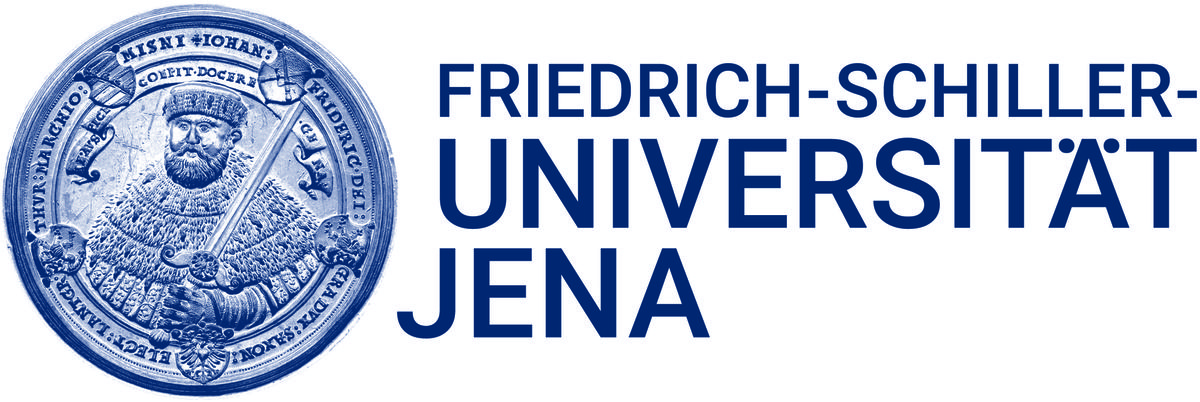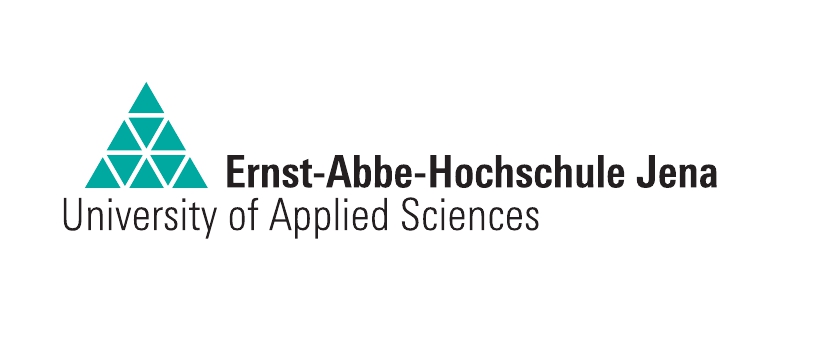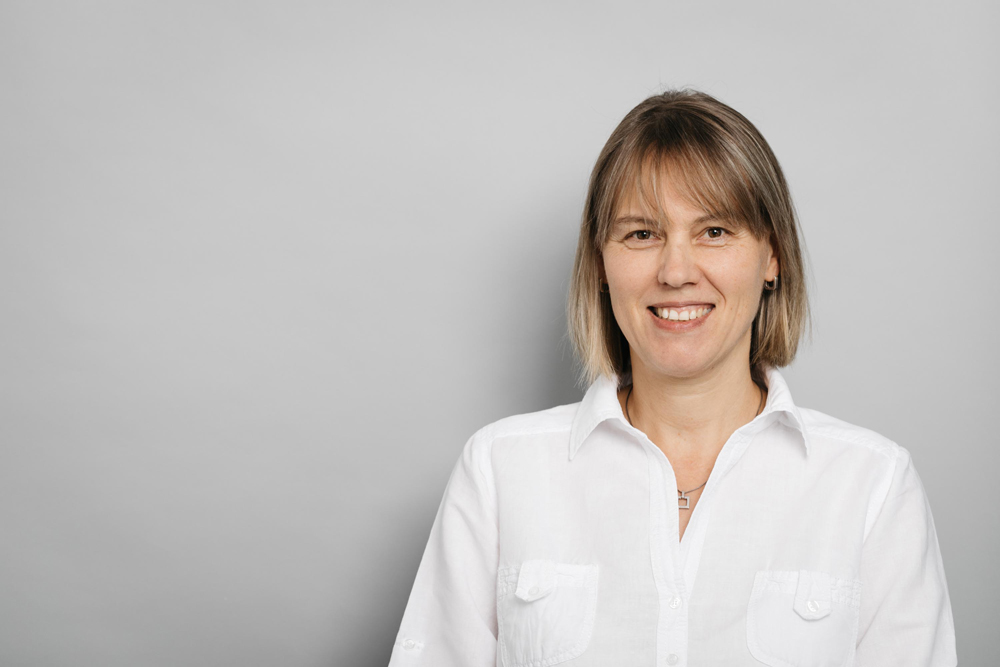Ag_Cu_SERS

Self-organization of silver and copper in porous matrices: Surface Structure and SERS Studies
Runtime: 05.05.2022 - 31.12.2025
The targeted scientific breakthrough of proposed project is a study of controlled and self-organized process of localized nanostructures in porous silica matrix on silicon surface where dielectric pores are selectively filled by plasmonic active metals (silver and copper). A formation and surface structure of dimensionally divided plasmonic nanostructures for biosensor application using surface enhanced Raman spectroscopy (SERS) will be deeply studied in frame of proposed project. It is very important and challenging to understand the formation mechanism of plasmonic metal nanostructures arrays with even more complex, but adjustable structures, using simpler routes under mild conditions and investigate in details the kinetics’ of self-organization processes of silver (Ag) and copper (Cu) nanostructures in limited volumes (pores) and atomic/electronic surface structure, which is the main challenge of this project. The influence of many processing parameters such like porous matrix formation (comparison between swift heavy ion track and lithography techniques), Ag and Cu self-organized growth mechanism in closed-volume has not yet been fundamentally investigated. Within the proposed project it is aimed to apply Ag and Cu substrates as SERS-active substrates for investigations in complex matrices such as artificial blood plasma, sputum, surface/tab water and urine to illustrate the potential of the developed SERS substrates for detection schemes in medical and environmental sciences. To realize this ambitious project the scientific expertise and long experience in the project related fields (material science, semiconductor technology, Raman spectroscopy and plasmonics) of two Leibniz IPHT groups: Dr. Sivakov and Dr. Cialla-May are required. Ex-situ and in-situ modifications of localized self-organized metal nanostructures will allow to expand the understanding of the material properties and stability for further application in SERS-based sensoric.
This project is founded by the German Research Foundation (DFG)
Partners






